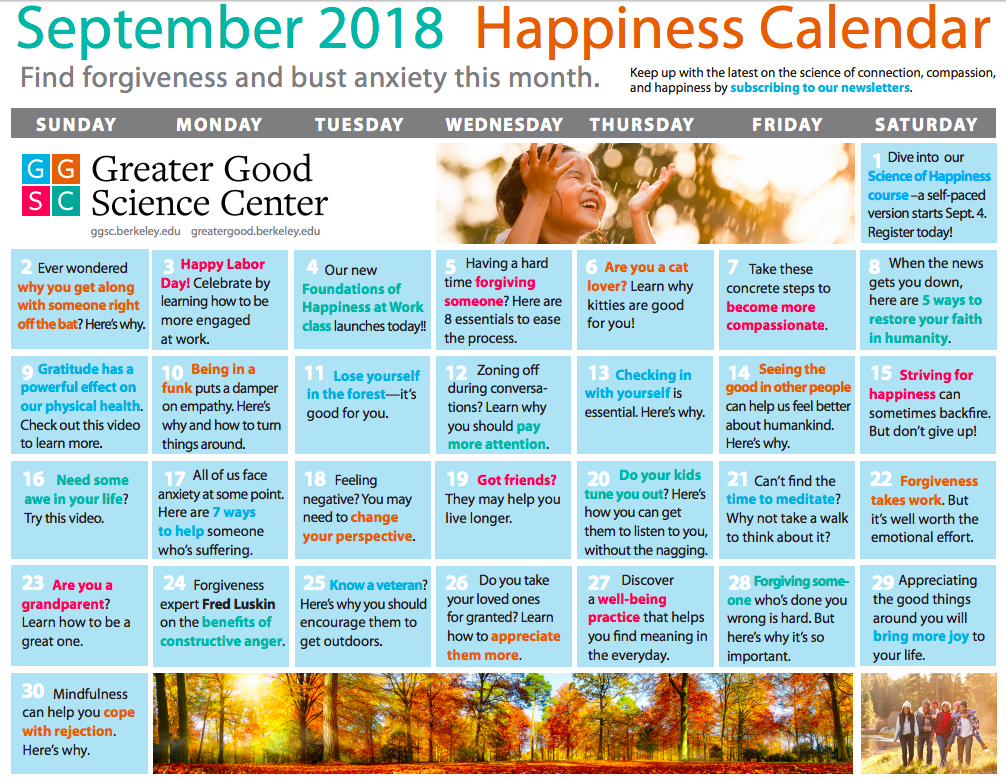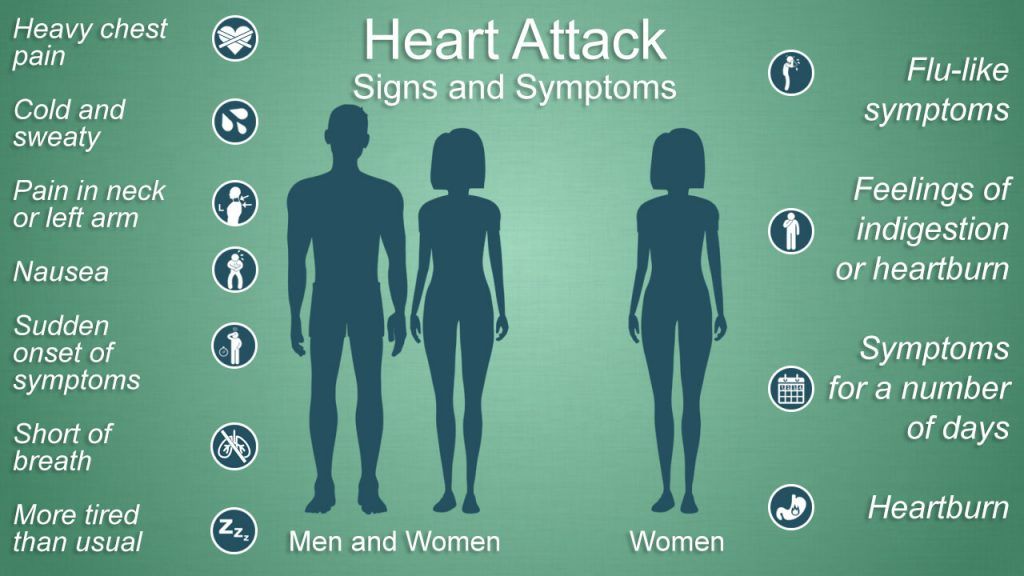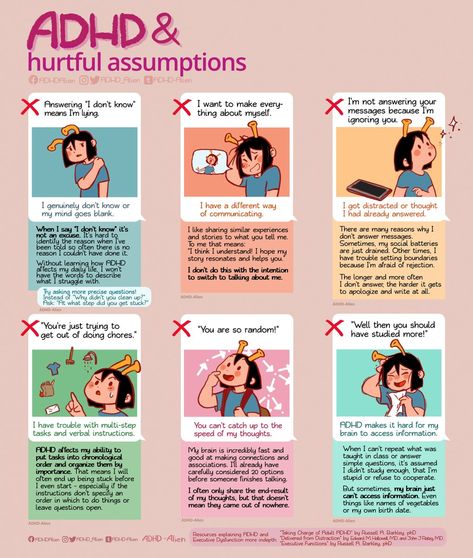Can mindfulness help anxiety
Is Mindfulness Effective for Managing Anxiety?
Mindfulness practice has helped calm minds for thousands of years — and modern science agrees it could be a useful tool in reducing anxiety.
People who experience anxiety will know just how much the condition can impact daily life — creeping into everything from work to relationships to hobbies.
If you’re one of these individuals, it makes sense that you’ll want to do what you can to calm the mind and keep those worries at bay.
While the art of mindfulness has roots stemming back thousands of years, it has more recently been championed by the wellness industry as an approach to help ease stress and encourage relaxation.
But can mindfulness help individuals better manage anxiety?
Put simply, “it’s moment-to-moment, nonjudgmental awareness,” says Katya Jezzard-Puyraud, mindfulness instructor and founder of LightHearts UK.
Mindfulness can involve:
- accepting how you feel in the present moment, physically and emotionally
- taking in your surroundings and being aware of yourself in them
- not being distracted by thoughts from the past or future
- being kind and nonjudgmental to yourself and others
When it comes to anxiety, practicing mindfulness can provide you with the mental tools to slow things down so you don’t feel overwhelmed.
“Mindfulness can be hugely powerful as a therapeutic tool [as] it involves becoming more consciously aware of your thoughts, feelings, and behaviors,” explains Jo Howarth, mindfulness practitioner and founder of The Happiness Club. “Once we have more conscious awareness of all of those things, then we can make whatever changes we decide we want to make.”
No matter how your anxiety manifests, its foundations remain the same.
“When we experience anxiety, it largely means that we are living in the future in our mind. We have imagined some kind of disastrous situation… [and] convinced ourselves that a horrible outcome is going to happen, so up pops anxiety,” Howarth explains.
“Mindfulness helps us come back into the present moment, where we realize none of that horrible stuff is actually happening.”
Jezzard-Puyraud agrees. With mindfulness, “you become an observer of your emotions,” she says.
“Instead of getting caught up in it and being taken down that spiral, your ‘mindful observer’ sort of takes a step back and goes, ‘Hang on a minute, what’s happening here? What’s the real cause of my anxiety?’”
As such, a 2017 research review showed that it’s been incorporated into Western psychological therapies over the past few decades through approaches such as mindfulness-based stress reduction, mindfulness-based cognitive therapy, and dialectical behavior therapy.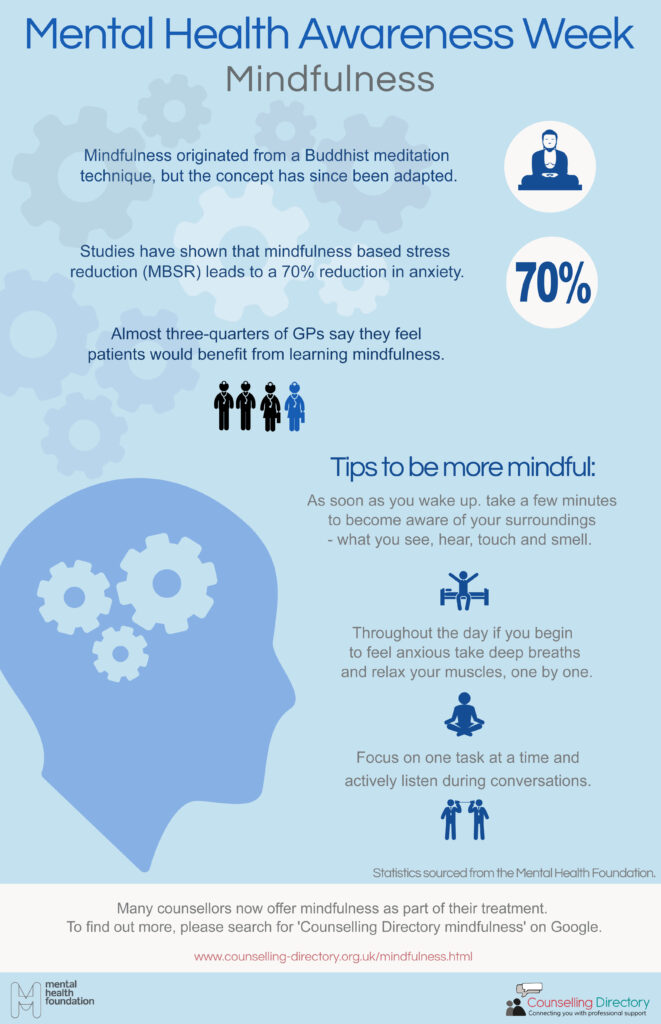
While there’s plenty of anecdotal evidence to indicate mindfulness is beneficial for anxiety, science also supports its efficacy.
In a 2015 study, scans revealed that engaging in a mindfulness practice decreases the amount of neural activity in the amygdala — the part of the brain that responds to stress.
Additionally, a small 2018 study found that mindfulness may reduce the levels of hormones that create cortisol (the body’s stress chemical), as well.
The positive effects of mindfulness may help ease symptoms of other conditions, too. Research shows that various forms of mindfulness might help reduce anxiety levels and symptoms of:
- generalized anxiety disorder
- obsessive compulsive disorder
- fibromyalgia
- cancer
- worries related to work, sporting performance, and cell phone use
As with many things in life, mindfulness isn’t a “one size fits all” solution. There are many ways to practice mindfulness, and what works for some doesn’t necessarily work for others.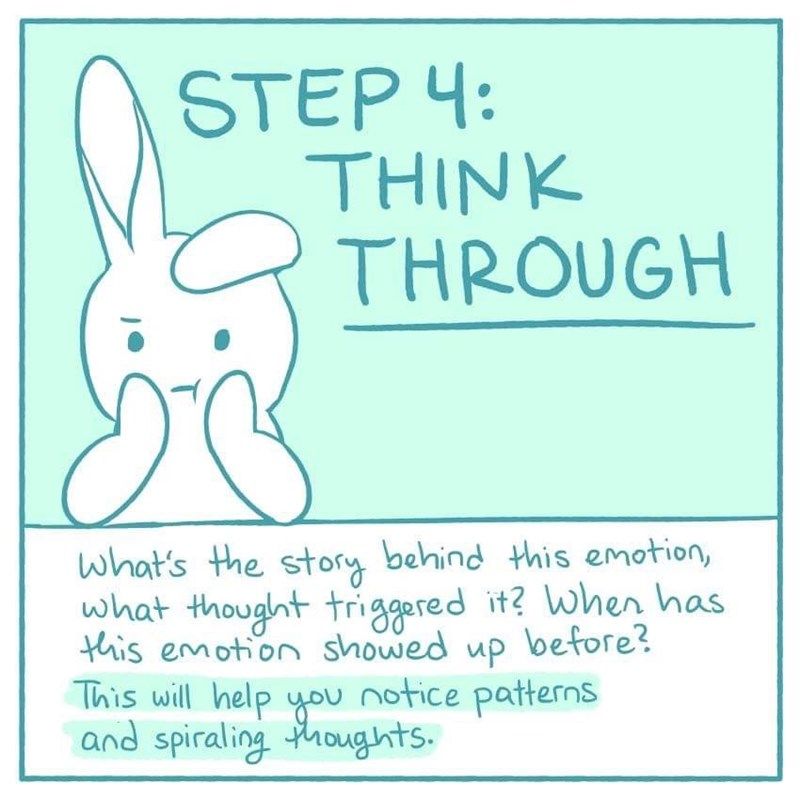
It’s about trying out different approaches and finding what’s best for you.
Forms of mindful meditation shown to have positive effects on stress reduction include:
- progressive muscle relaxation
- body scanning
- deep breathing techniques
- observing thoughts
Mindfulness becomes easier with practice and time. You can try these easy steps today to get started.
Breathing techniques
“One of the most powerful tools we have at our disposal is our breathing,” states Howarth. “When you put all of your awareness on your breath, then you are completely present, [and] no longer in that imagined future.”
There are a variety of techniques to try, which can last for as long as you like. Not only can breath work be a form of anxiety-busting mindfulness, but a 2017 research review showed that slowing down and regulating your breathing also activates your parasympathetic nervous system, which can calm the body down.
Acknowledge your surroundings
Utilize everyday activities as opportunities to ground yourself in the present.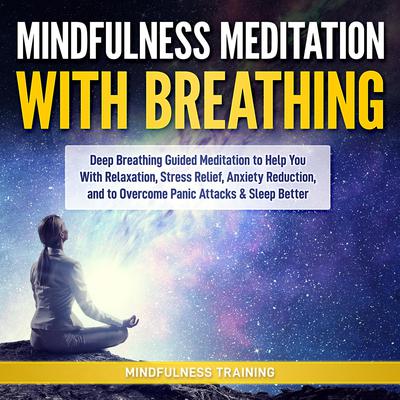 Take a car journey, for example.
Take a car journey, for example.
“Turn the radio off and label everything that you see. So, you’d think, ‘nice tree’, or ‘she’s got a nice coat.’ That kind of thing,” Jezzard-Puynaud explains. “You’re looking properly and being aware of what’s around you. It becomes second nature after a while.”
Body scanning
A 2021 study with animals on virtually-led body scanning found that participants experienced reduced stress and anxiety from this meditation practice after just one session.
Essentially, body scanning involves the participant slowly working up or down their body and recognizing various sensations. This easy step-by-step guide will help see you through.
Tune into a guided session
For mindfulness newcomers (and seasoned pros), settling your mind can sometimes be challenging. But listening to a guided session is one way to help set your mind on the right path.
An array of apps offers this type of practice, and you can discover six of our favorites here.
Progressive muscle relaxation (PMR)
Another full-body exercise, this approach requires the individual to gently engage and squeeze different muscles throughout the body before releasing and feeling them relax.
Despite its simplicity, PMR can have a big impact: A 2015 study found that patients who practiced PMR for 12 weeks experienced a dramatic reduction in anxiety.
Active listening
When was the last time you had a conversation with someone and didn’t find yourself distracted by a to-do list, Instagram, or the kids? “Sit down and really listen to what that person is saying to you,” Jezzard-Puynaud says.
If you have a favorite music artist, you could practice mindfully listening to their songs: taking in words, considering their meaning, and being aware of how they make you feel.
A small 2020 study found that people who mindfully listened to music or nature sounds over 8 weeks had reduced feelings of anxiety and stress.
With similar foundations and results, it’s easy to get these two concepts confused.
Meditation is an activity that you specifically set aside time to complete, whereas mindfulness is something that eventually becomes a part of your consciousness. “It is a way of existing, a way of being,” Jezzard-Puyraud states.
However, there is a crossover. “Meditation is very much part of the practice,” she continues. “When I teach people, we do lots of meditations and lots of different types, because everyone is different.”
But if meditation isn’t a right fit for you, it doesn’t mean you can’t practice mindfulness. “Meditation can be part of a mindfulness practice, but it doesn’t have to be,” notes Howarth.
An array of anecdotal evidence and scientific research supports the role of mindfulness in helping reduce levels of anxiety and stress at varying severities and manifestations.
There are numerous ways to get started incorporating mindfulness into your daily life, with steps as easy as practicing active listening or breath work.
However, whatever route you take into mindfulness, it’s important not to put pressure on yourself.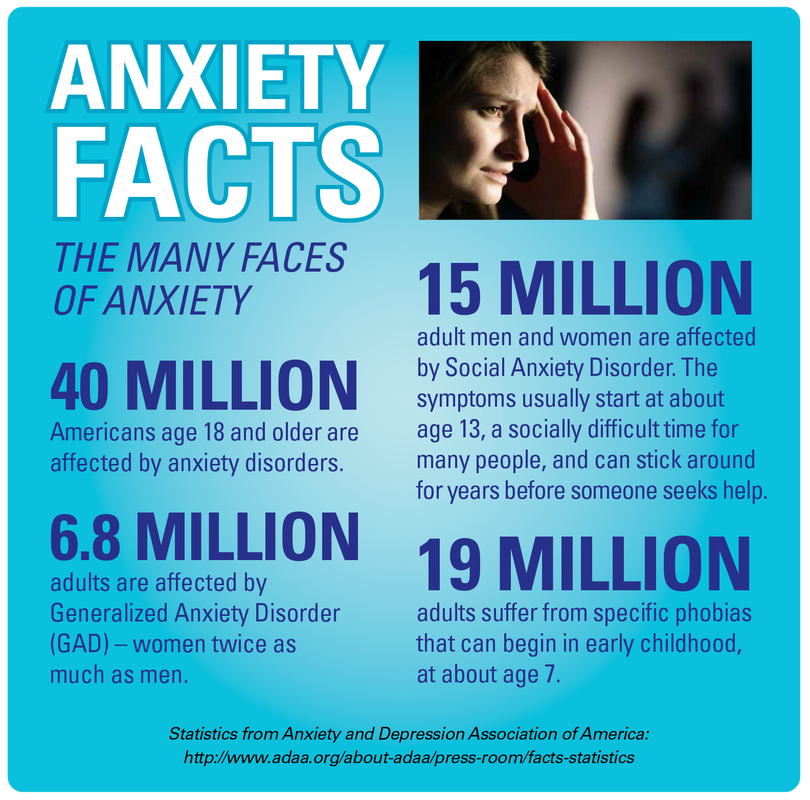
Becoming fully mindful might take some effort and practice, but you don’t necessarily have to master anything to enjoy benefits. A 2019 study showed that just 13 minutes each day could be enough to make a difference, but consistency over at least 6 to 8 weeks is key.
As Jezzard-Puynaud states: “The thing about mindfulness is that whatever you do to help yourself is fine. It doesn’t have to be every single minute of every single day. As long as you can do some of it, some time, you’re doing OK.”
Is Mindfulness Effective for Managing Anxiety?
Mindfulness practice has helped calm minds for thousands of years — and modern science agrees it could be a useful tool in reducing anxiety.
People who experience anxiety will know just how much the condition can impact daily life — creeping into everything from work to relationships to hobbies.
If you’re one of these individuals, it makes sense that you’ll want to do what you can to calm the mind and keep those worries at bay.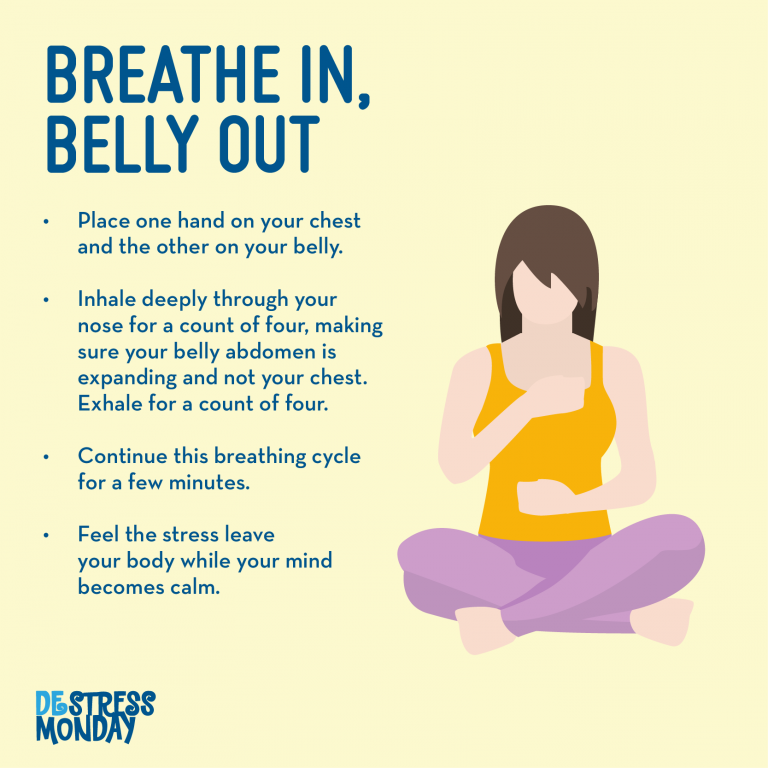
While the art of mindfulness has roots stemming back thousands of years, it has more recently been championed by the wellness industry as an approach to help ease stress and encourage relaxation.
But can mindfulness help individuals better manage anxiety?
Put simply, “it’s moment-to-moment, nonjudgmental awareness,” says Katya Jezzard-Puyraud, mindfulness instructor and founder of LightHearts UK.
Mindfulness can involve:
- accepting how you feel in the present moment, physically and emotionally
- taking in your surroundings and being aware of yourself in them
- not being distracted by thoughts from the past or future
- being kind and nonjudgmental to yourself and others
When it comes to anxiety, practicing mindfulness can provide you with the mental tools to slow things down so you don’t feel overwhelmed.
“Mindfulness can be hugely powerful as a therapeutic tool [as] it involves becoming more consciously aware of your thoughts, feelings, and behaviors,” explains Jo Howarth, mindfulness practitioner and founder of The Happiness Club. “Once we have more conscious awareness of all of those things, then we can make whatever changes we decide we want to make.”
“Once we have more conscious awareness of all of those things, then we can make whatever changes we decide we want to make.”
No matter how your anxiety manifests, its foundations remain the same.
“When we experience anxiety, it largely means that we are living in the future in our mind. We have imagined some kind of disastrous situation… [and] convinced ourselves that a horrible outcome is going to happen, so up pops anxiety,” Howarth explains.
“Mindfulness helps us come back into the present moment, where we realize none of that horrible stuff is actually happening.”
Jezzard-Puyraud agrees. With mindfulness, “you become an observer of your emotions,” she says.
“Instead of getting caught up in it and being taken down that spiral, your ‘mindful observer’ sort of takes a step back and goes, ‘Hang on a minute, what’s happening here? What’s the real cause of my anxiety?’”
As such, a 2017 research review showed that it’s been incorporated into Western psychological therapies over the past few decades through approaches such as mindfulness-based stress reduction, mindfulness-based cognitive therapy, and dialectical behavior therapy.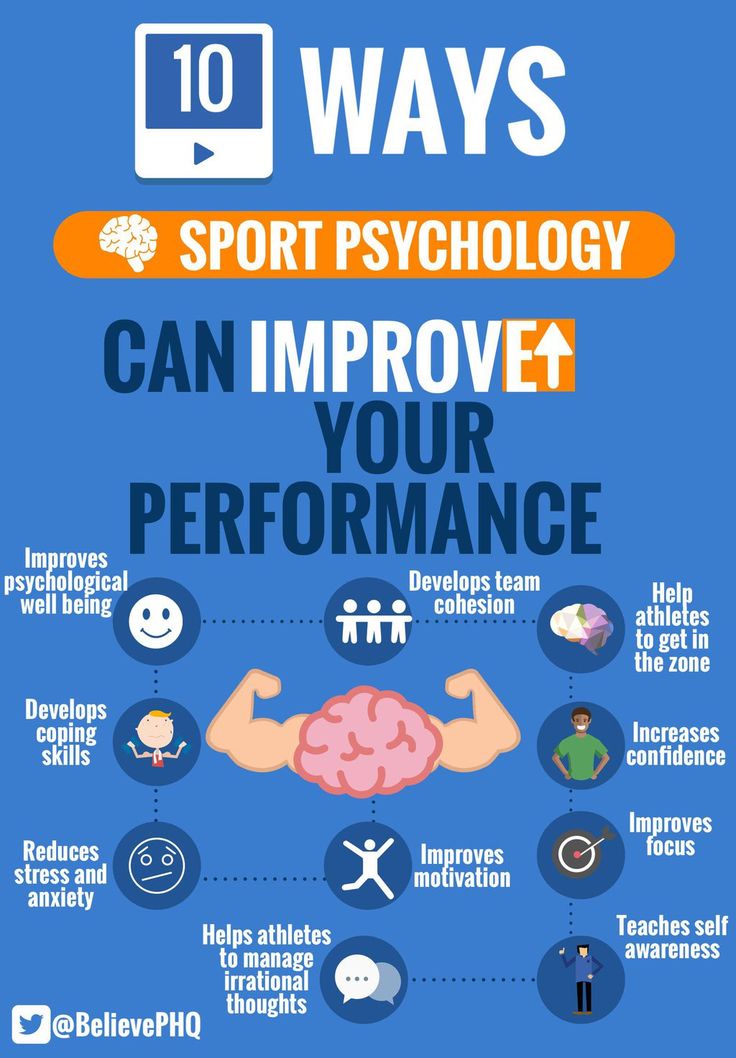
While there’s plenty of anecdotal evidence to indicate mindfulness is beneficial for anxiety, science also supports its efficacy.
In a 2015 study, scans revealed that engaging in a mindfulness practice decreases the amount of neural activity in the amygdala — the part of the brain that responds to stress.
Additionally, a small 2018 study found that mindfulness may reduce the levels of hormones that create cortisol (the body’s stress chemical), as well.
The positive effects of mindfulness may help ease symptoms of other conditions, too. Research shows that various forms of mindfulness might help reduce anxiety levels and symptoms of:
- generalized anxiety disorder
- obsessive compulsive disorder
- fibromyalgia
- cancer
- worries related to work, sporting performance, and cell phone use
As with many things in life, mindfulness isn’t a “one size fits all” solution. There are many ways to practice mindfulness, and what works for some doesn’t necessarily work for others.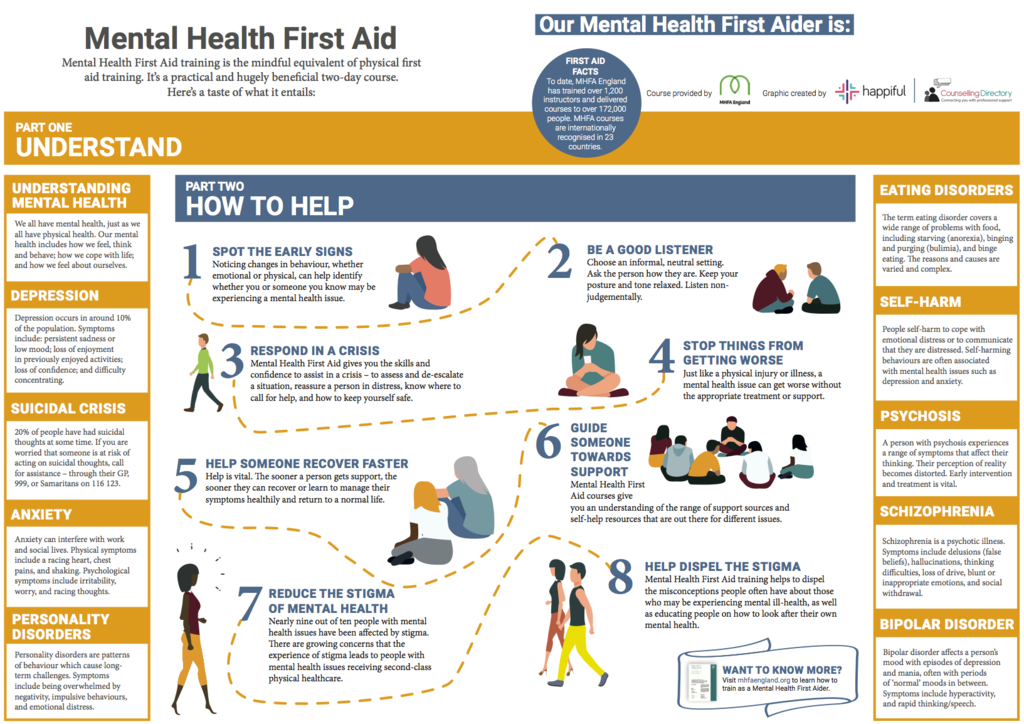
It’s about trying out different approaches and finding what’s best for you.
Forms of mindful meditation shown to have positive effects on stress reduction include:
- progressive muscle relaxation
- body scanning
- deep breathing techniques
- observing thoughts
Mindfulness becomes easier with practice and time. You can try these easy steps today to get started.
Breathing techniques
“One of the most powerful tools we have at our disposal is our breathing,” states Howarth. “When you put all of your awareness on your breath, then you are completely present, [and] no longer in that imagined future.”
There are a variety of techniques to try, which can last for as long as you like. Not only can breath work be a form of anxiety-busting mindfulness, but a 2017 research review showed that slowing down and regulating your breathing also activates your parasympathetic nervous system, which can calm the body down.
Acknowledge your surroundings
Utilize everyday activities as opportunities to ground yourself in the present.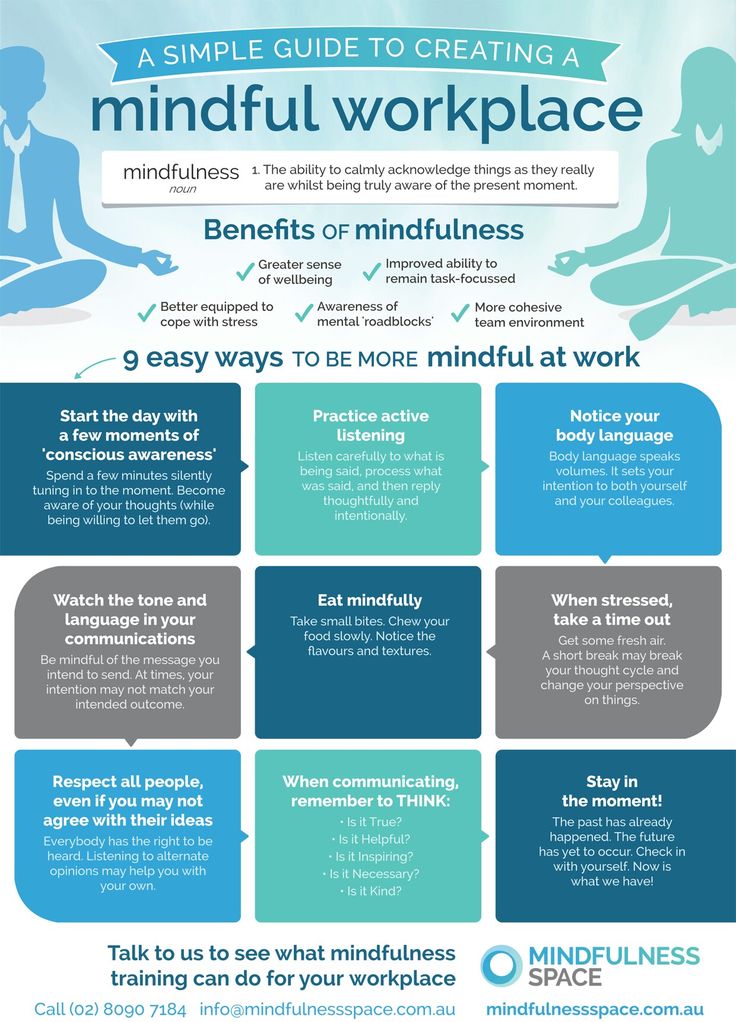 Take a car journey, for example.
Take a car journey, for example.
“Turn the radio off and label everything that you see. So, you’d think, ‘nice tree’, or ‘she’s got a nice coat.’ That kind of thing,” Jezzard-Puynaud explains. “You’re looking properly and being aware of what’s around you. It becomes second nature after a while.”
Body scanning
A 2021 study with animals on virtually-led body scanning found that participants experienced reduced stress and anxiety from this meditation practice after just one session.
Essentially, body scanning involves the participant slowly working up or down their body and recognizing various sensations. This easy step-by-step guide will help see you through.
Tune into a guided session
For mindfulness newcomers (and seasoned pros), settling your mind can sometimes be challenging. But listening to a guided session is one way to help set your mind on the right path.
An array of apps offers this type of practice, and you can discover six of our favorites here.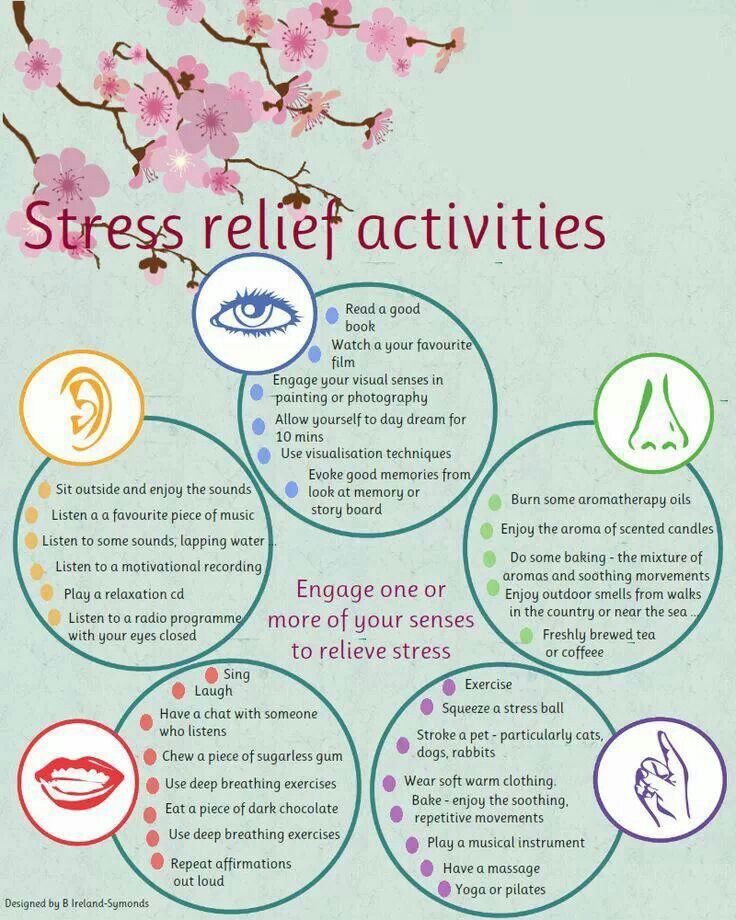
Progressive muscle relaxation (PMR)
Another full-body exercise, this approach requires the individual to gently engage and squeeze different muscles throughout the body before releasing and feeling them relax.
Despite its simplicity, PMR can have a big impact: A 2015 study found that patients who practiced PMR for 12 weeks experienced a dramatic reduction in anxiety.
Active listening
When was the last time you had a conversation with someone and didn’t find yourself distracted by a to-do list, Instagram, or the kids? “Sit down and really listen to what that person is saying to you,” Jezzard-Puynaud says.
If you have a favorite music artist, you could practice mindfully listening to their songs: taking in words, considering their meaning, and being aware of how they make you feel.
A small 2020 study found that people who mindfully listened to music or nature sounds over 8 weeks had reduced feelings of anxiety and stress.
With similar foundations and results, it’s easy to get these two concepts confused.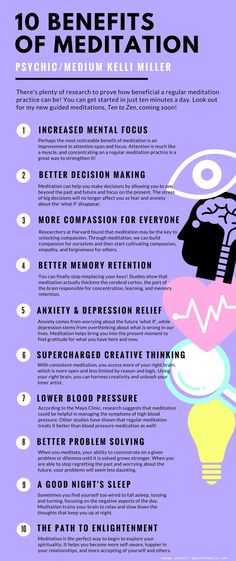
Meditation is an activity that you specifically set aside time to complete, whereas mindfulness is something that eventually becomes a part of your consciousness. “It is a way of existing, a way of being,” Jezzard-Puyraud states.
However, there is a crossover. “Meditation is very much part of the practice,” she continues. “When I teach people, we do lots of meditations and lots of different types, because everyone is different.”
But if meditation isn’t a right fit for you, it doesn’t mean you can’t practice mindfulness. “Meditation can be part of a mindfulness practice, but it doesn’t have to be,” notes Howarth.
An array of anecdotal evidence and scientific research supports the role of mindfulness in helping reduce levels of anxiety and stress at varying severities and manifestations.
There are numerous ways to get started incorporating mindfulness into your daily life, with steps as easy as practicing active listening or breath work.
However, whatever route you take into mindfulness, it’s important not to put pressure on yourself.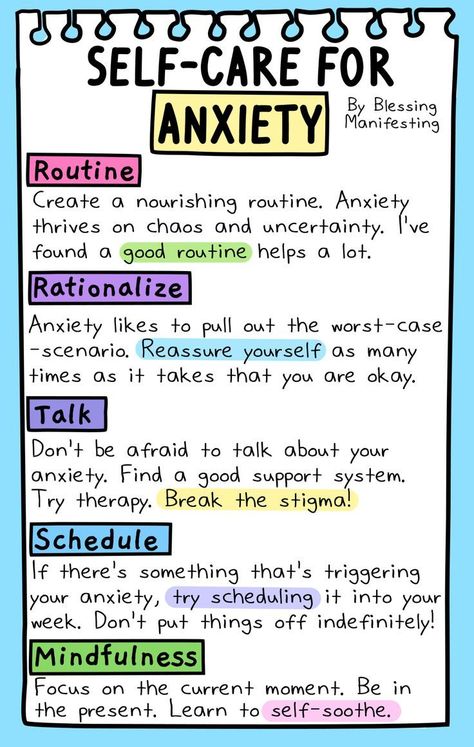
Becoming fully mindful might take some effort and practice, but you don’t necessarily have to master anything to enjoy benefits. A 2019 study showed that just 13 minutes each day could be enough to make a difference, but consistency over at least 6 to 8 weeks is key.
As Jezzard-Puynaud states: “The thing about mindfulness is that whatever you do to help yourself is fine. It doesn’t have to be every single minute of every single day. As long as you can do some of it, some time, you’re doing OK.”
Conscious exercise helps fight anxiety
Health and beauty Listen to your body
Physical activity brings great benefits to our body and psyche. Sports activities reduce tension in the body, contribute to the production of "hormones of joy", improve blood circulation in the brain and its oxygen saturation, give us a boost of vivacity and energy. Exercise can also help you “let off steam” by releasing accumulated anxieties and unpleasant emotions.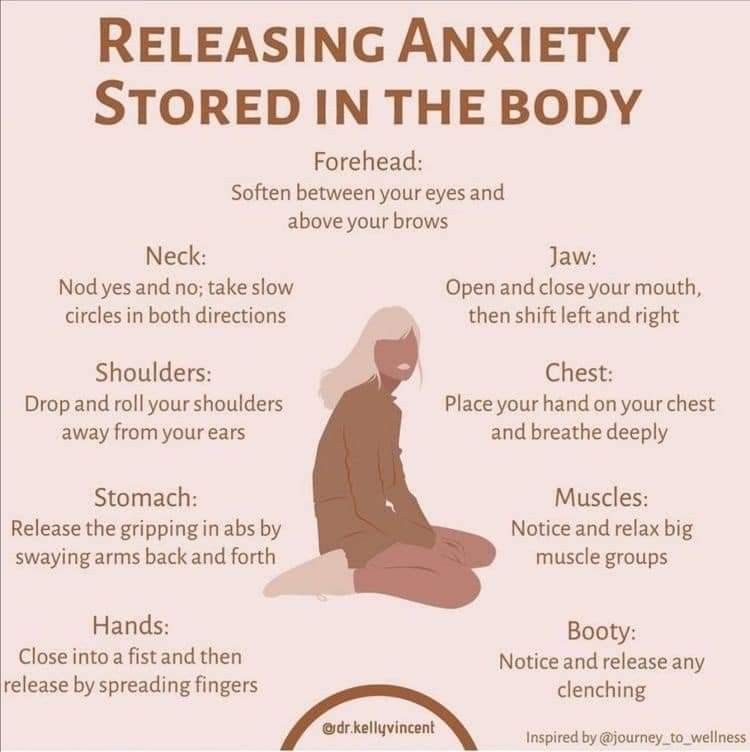
At the same time, it is important that classes are enjoyable. Don't force yourself to exercise because it won't benefit your mental health and may even make your anxiety worse.
Mindfulness practice is another way to deal with anxiety, the effectiveness of which is confirmed by many studies. It helps to gain a deep sense of inner peace. Mindfulness is a way of life in which we constantly focus our attention on the present moment, while maintaining an openness and acceptance in ourselves instead of judging and judging.
Let's say you notice that your mind is lost in anxious thoughts about the past or the future. By practicing mindfulness, you are trying to gently redirect your attention away from these thoughts and into what is happening around you right now.
Mindfulness makes it possible for us to notice everything positive that arises in our lives.
Of course, mindfulness will not solve all life's problems and will not relieve you of all causes for anxiety.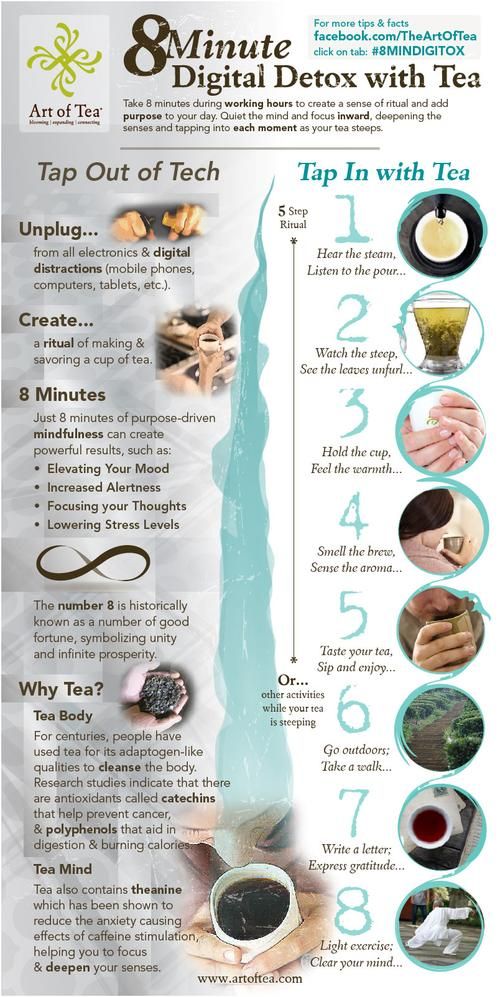 But it helps you get out of the "swamp" of distracted thoughts and return to reality, where you can deal with problems as they arise.
But it helps you get out of the "swamp" of distracted thoughts and return to reality, where you can deal with problems as they arise.
There is so much going on around us all the time - we always have a choice of where to focus our attention. Mindfulness makes it possible to notice all the positive things that arise in our lives. This reduces stress levels and helps to respond to what is happening in a measured way, rather than impulsively.
When it comes to physical activity, at first glance it may seem that it can do little to help with anxiety. Yes, sports in and of themselves will not directly affect the situations that provoke it. But they contribute to changes at the level of the whole organism and thereby help you feel the way you would like, better control your reactions and actions.
What is mindful physical activity?
Any kind of physical activity or sport is suitable for practice. The main thing is to fully concentrate on what you are doing at the moment.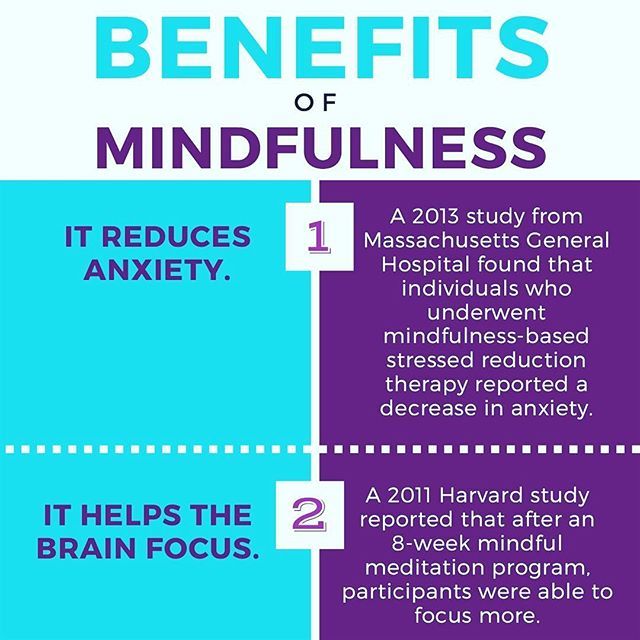 Immersion should be complete, distractions are undesirable.
Immersion should be complete, distractions are undesirable.
In order to train consciously, it is necessary to exclude during training:
- TV, news, radio, video;
- phone calls;
- using a smartphone for other purposes;
- reading social networks;
- drawing up plans and to-do lists;
- any extraneous thoughts and reflections.
The task is really not easy. In fact, it is even more difficult than it might seem. When we have nothing to distract us, our mind wanders, and anxiety often arises.
For many of us, physical exercise has become a disgusting duty, and therefore we try to do something else in parallel. Indeed, why not use this time to good use to think about solutions to some problems? Unfortunately, being distracted by extraneous thoughts, we do not get the full result from the classes and often only exacerbate our anxiety.
How to train mindfully
In order to train mindfully, it is important to set aside time for it.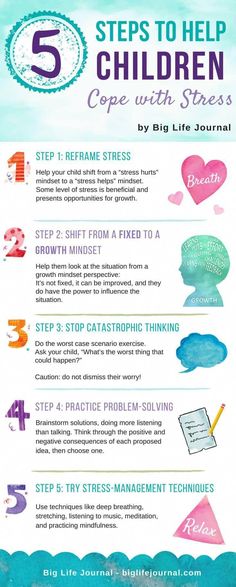 You dedicate it to taking care of your body and its development. Allow yourself to fully immerse yourself in this process and enjoy it.
You dedicate it to taking care of your body and its development. Allow yourself to fully immerse yourself in this process and enjoy it.
- During training, focus on bodily sensations: heartbeat, breathing, movement of muscles and joints. Try not to judge or judge. Just watch.
- Look around. If you are exercising outside, feel the beauty of the nature around you. If you are training indoors, just pay attention to the situation in the room.
- Listen to all sounds, trying not to miss anything.
- You can listen to music, but try to do it consciously. Music can be energizing, especially when exercising indoors. Concentrate on the sound of the melody and try to move in the same rhythm with it.
- When you notice that your mind starts to wander and anxious thoughts creep in (which will certainly happen), simply label what is happening (for example, you can say to yourself: “I am anxious”) and turn your attention back to what is happening right now.

Conscious training does not require any special training or equipment. All you need is desire, practice, and patience to bring your wandering attention back to the present moment again and again. By doing so, you create harmony between your thoughts, feelings, attention and your body.
Text: Nikolai Protsenko Photo Source: Getty Images
New on the site0003
How to clean up the house: 5 simple rules - get rid of unnecessary things
“I want to be loved by a guy whom I myself do not love. What is the reason?"
“Twisting to survive with a child, and my husband does not even try to earn money for the family”
“A week-long sex marathon saved my marriage”: a personal story - try it with a partner analytics
How to find out how sincere he is with you: three women's advice is evaluated by men and an expert
Test: What determines your sexual self-esteem?
What is mindfulness, how to develop and whether it is necessary
In Australia, the practice of mindfulness is included in the school curriculum: psychologists confirm that it reduces anxiety, improves children's attention and academic performance. We tell you how to train mindfulness in everyday life
We tell you how to train mindfulness in everyday life
Mindfulness is a controlled ability of a person to focus on selected events and sensations and control their attention. In modern clinical psychology, two components of mindfulness are emphasized: awareness of one's every-minute experience without judgment and its acceptance.
Modern psychology distinguishes between cognitive attention and mindfulness. The connection between them is not yet fully understood. It is believed that it is awareness that helps a person to control his attention and perceive reality from the position of an observer without hasty assessments.
In the Eastern spiritual traditions, awareness is one of the special states that is achieved through meditation. Mindfulness was talked about by Carlos Castaneda, George Gurdjieff, Osho and contemporary masters of Buddhist meditation. In turn, neurosciences explore the phenomenon of awareness using neurophysiological, electrophysiological and other methods.
Scientific research on this condition has been carried out in the West since the 1970s. Psychologists have become interested in how mindfulness affects psychological health and whether Eastern practices can be integrated into Western medicine and psychology. The first experiments gave positive results: for example, in a 1982 study, after 10 weeks of mindfulness meditation, 65% of patients with chronic pain experienced a decrease in discomfort. Since then, more and more such studies have been carried out.
The American Psychological Association (APA), the largest scientific and professional organization for psychologists in the United States, considers it now proven that mindfulness practices improve the quality of life. At the same time, they note that mindfulness can be developed in different ways: for example, doing yoga, Chinese qigong or tai chi exercises. But it is mindfulness meditation that remains one of the most popular and easiest ways to get a positive effect.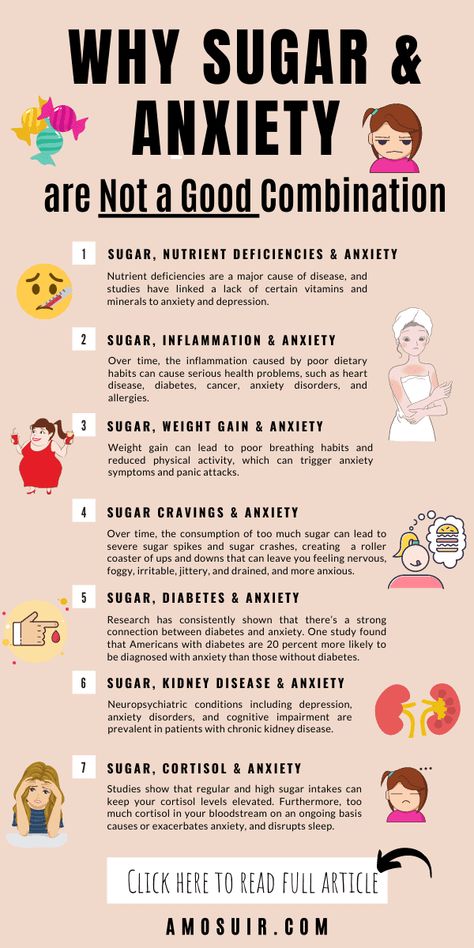
Benefits of Mindfulness
Clinical studies demonstrate the relationship between mindfulness practices and improved physical and mental health.
Mindfulness reduces stress and mental pain
The very first evidence-based Mindfulness-Based Stress Reduction program was proposed by biologist and professor of medicine at the University of Massachusetts Jon Kabat-Zinn back in the 1970s . It is an 8-week training with group meetings, homework, and includes three techniques: mindfulness meditation, body scanning, and simple yoga poses.
Based on this course, many studies have been conducted that confirm the positive effect of mindfulness: it helps to cope with pain, anxiety, depression and stress that accompany diseases, especially chronic ones. Mindfulness training is included in drug rehabilitation programs. It works the same way for alcohol addiction or overeating.
Practicing mindfulness is good for the heart
In one study, people with prehypertension were trained in a mindfulness stress reduction program in addition to conventional treatment.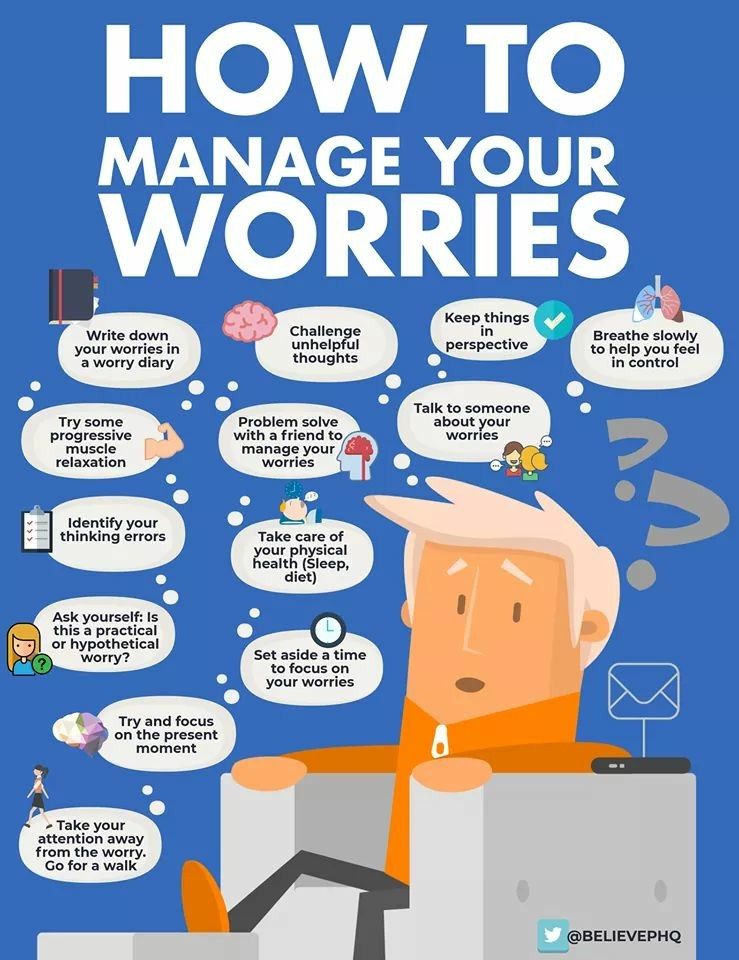 Another group was engaged in muscle relaxation. For those who participated in the program, blood pressure dropped much more. Another study shows that people who did online mindfulness training for 12 weeks improved their scores on the 6-minute walk test compared to other patients. This test is one of the methods for diagnosing heart failure, and a good result on it indicates that the heart can withstand the load.
Another group was engaged in muscle relaxation. For those who participated in the program, blood pressure dropped much more. Another study shows that people who did online mindfulness training for 12 weeks improved their scores on the 6-minute walk test compared to other patients. This test is one of the methods for diagnosing heart failure, and a good result on it indicates that the heart can withstand the load.
The American Heart Association believes there is sufficient evidence to recommend mindfulness as an adjunct to the treatment and prevention of coronary disease.
Mindfulness slows down mental decline and Alzheimer's disease
Mentally impaired patients improve concentration and attention if mindful breathing is practiced regularly for several months. The effect of mindfulness practice is better than special cognitive exercises for combating dementia and relaxation techniques. Mindfulness has a positive effect on memory, attention and information processing.
Mindfulness can improve immunity
Mindfulness training seems to help in the fight against cancer and other diseases associated with immune cells. For example, patients with HIV or breast cancer participating in a mindfulness stress reduction program had increased levels of T-cells, acquired immunity cells. There is evidence that in people suffering from cancer, mindfulness improves biomarkers - indicators that indicate the course of the disease. Another study found that patients after the same course experienced faster wound healing, which is also regulated by the immune system.
Mindfulness helps resist aging
Scientists have found that those who practice mindfulness meditation for a long time have longer telomeres, the proteins at the ends of their chromosomes, than non-practitioners. The telomeres of each person are shortened during life, this is how cells age. Other studies involving people with breast cancer found no difference in telomere length after mindfulness meditation.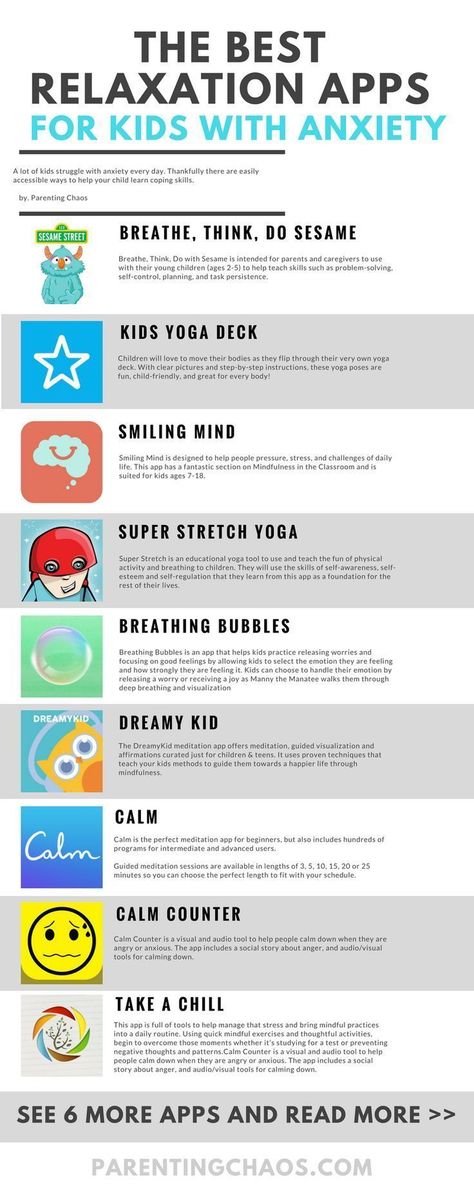 But differences were found in telomere activity, which is also associated with life expectancy. Therefore, scientists are optimistic about the connection between mindfulness and slowing down aging: it is likely that such practices really help to stay young longer.
But differences were found in telomere activity, which is also associated with life expectancy. Therefore, scientists are optimistic about the connection between mindfulness and slowing down aging: it is likely that such practices really help to stay young longer.
Scientists note that a key factor in the effectiveness of mindfulness is stress reduction. Psychological stress negatively affects heart health, immune responses, and telomere length. Therefore, not only mindfulness will work to reduce anxiety - other practices that reduce anxiety can also be effective.
In rare cases, the practice of mindfulness can lead to negative consequences. This happens in about 8% of people who practice mindfulness. They may suffer from increased anxiety, depression, stress, and even have unusual experiences such as hallucinations. In particular, the intense mindfulness meditations done in meditation retreats increase the likelihood of negative effects.
Signs of mindfulness
John Kabat-Zinn, who popularized meditation in the West, points out what distinguishes a truly mindful person.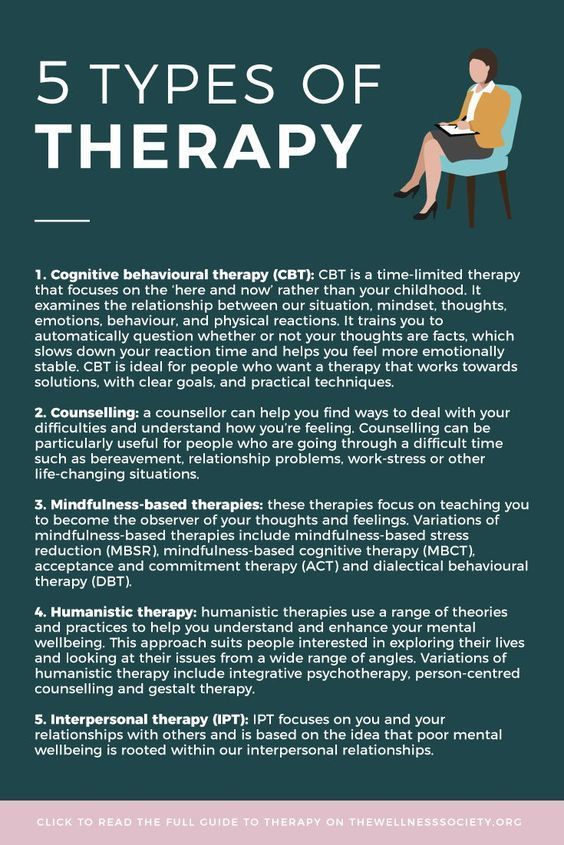
- He does not get hooked by his emotions
When unpleasant emotions arise, people usually react quickly to them, blaming others or trying to drown out negative feelings. A person who practices mindfulness does not react immediately. He recognizes his emotions, realizes and notes them, but does not seek to express them immediately and does not “pour out” on others.
- Notices and manages repetitive obsessive thoughts
According to some studies, the average person has between 60,000 and 70,000 thoughts every day. Approximately 98% of them are the same. Mindful people are able to detect exaggeratedly disturbing, unrealistic thoughts. They focus on constructive ideas rather than obsessive, restless thoughts. The ability to “let go” unnecessary thoughts and feelings is one of the signs of awareness.
- Shows keen interest in everything around
John Kabat-Zinn encourages the development of the so-called "beginner's mind", which perceives everything around as if for the first time.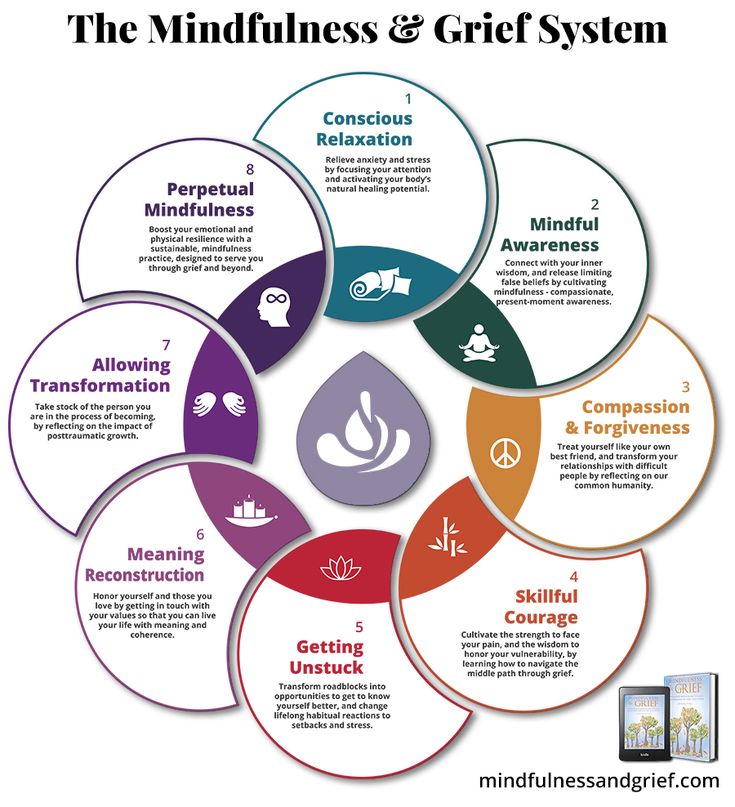 "Conscious" people are sincerely inquisitive, they know how to tune in to the current moment, they are not distracted. They know how to listen carefully and empathize with others, ask open, but not tactless questions, thereby creating psychological comfort in communication.
"Conscious" people are sincerely inquisitive, they know how to tune in to the current moment, they are not distracted. They know how to listen carefully and empathize with others, ask open, but not tactless questions, thereby creating psychological comfort in communication.
- Accepts imperfection - one's own and other people's
A conscious person does not strive to be perfect with everyone and in everything. In his understanding, striving for an unreasonably high standard only leads to frustration.
- Takes care of his physical and mental health
A person makes about 35,000 decisions every day, he spends a huge part of his resources on this. Mindfulness allows you to control and manage this process. A person practicing mindfulness monitors his internal state in order to prevent exhaustion. It acts before burnout occurs, not after it has already occurred.
Yulia Chuprikova, practical psychologist, psychosomatotherapist, believes that perfectionists have difficulties with awareness, as it is difficult for them to live in the moment "here and now".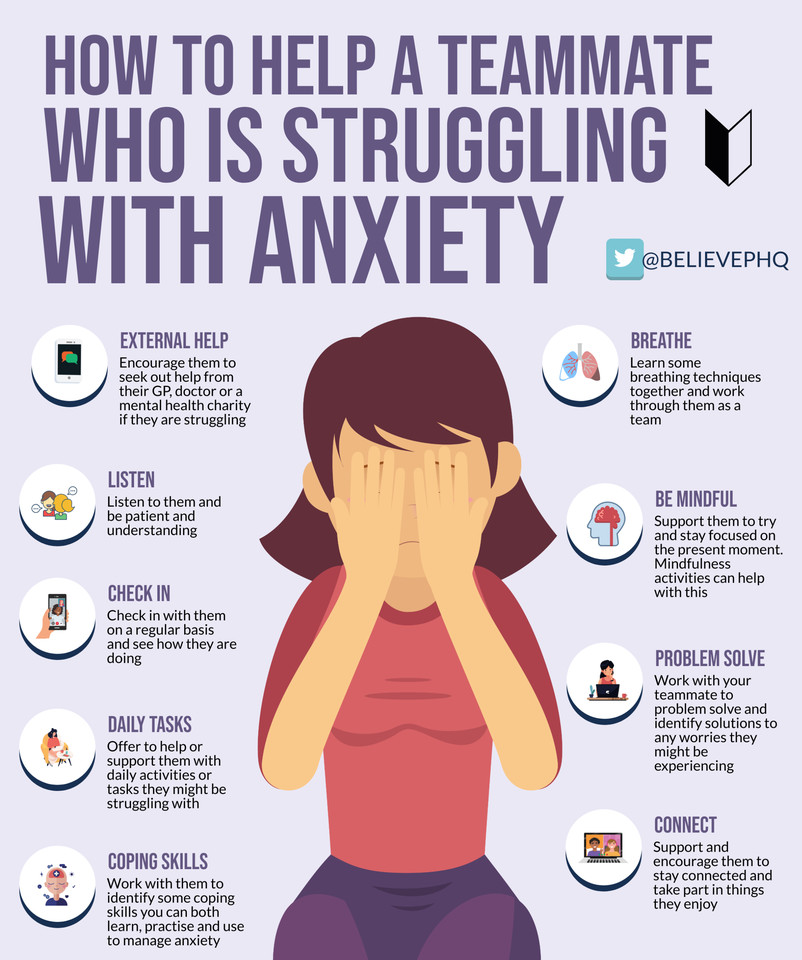 In a period of uncertainty, it is also difficult for people to remain aware. At such a time, everyone feels that they are unsteady on their feet, are in limbo. Weak awareness and absent-minded, hyper-emotional people. In contrast, conscious people are self-confident. They are calm, balanced, know their worth and understand in which direction to grow.
In a period of uncertainty, it is also difficult for people to remain aware. At such a time, everyone feels that they are unsteady on their feet, are in limbo. Weak awareness and absent-minded, hyper-emotional people. In contrast, conscious people are self-confident. They are calm, balanced, know their worth and understand in which direction to grow.
How to develop mindfulness
Meditation is one of the most popular mindfulness practices. Other techniques include breathing exercises, self-compassion exercises, and reflection or introspection training.
Mayo Clinic, one of the largest private medical and research centers in the world, offers simple ways to maintain awareness:
Manage your attention smell and taste. For example, when you eat your favorite food, focus on its smell, taste and enjoy these sensations.
Live "here and now"
Focus on what you are doing right now - on the current experience, and not on worrying about the future or the past.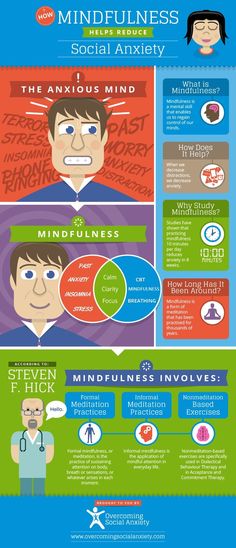 Find joy in the simple pleasures that surround you in the present.
Find joy in the simple pleasures that surround you in the present.
Accept yourself as you are
Treat yourself as you would a good friend—without judgment or harsh judgment.
Focus on your breathing
When you catch yourself thinking negative thoughts, try to sit up, take a deep breath and close your eyes. Focus on your breath as it enters and exits your body. Conscious breathing for at least one minute relaxes and calms.
Ilya Shabshin, a clinical psychologist with 15 years of experience, a leading specialist at the Psychological Center on Volkhonka, explains that there are many ways to “turn on” mindfulness. The easiest way to start is with routine tasks: washing dishes, brushing your teeth, eating. It is necessary to concentrate attention on the process itself, and when attention “runs away”, then return it back. Mindful walking is another way to train mindfulness, when you feel every step you take, transferring weight from one foot to another, and also notice everything around you: the sky, trees, people, vehicles. But still, the main way to develop awareness is meditation. You can start with breathing meditation: calmly, without tension, track your inhalations and exhalations, you can count them. The main thing is to note the moments when attention leaves and gently return it.
But still, the main way to develop awareness is meditation. You can start with breathing meditation: calmly, without tension, track your inhalations and exhalations, you can count them. The main thing is to note the moments when attention leaves and gently return it.
Yulia Chuprikova advises techniques to work on mindfulness. One of them is the practice of focusing attention. You need to sit in a comfortable position, focus on any object in front of you, noting its contour, color, size. Each time attention jumps to something else, carefully return focus to the original subject. You can count how many times such a switch occurs. If you perform this practice regularly, switching attention will occur less and less, breathing will return to normal, pressure will normalize, and stress will gradually recede.
In addition, you can do exercises that improve balance, such as holding the “tree” yoga pose, which even a beginner can do, or “swallow”.
Another effective technique for returning to the moment "here and now" is called "start-stop".